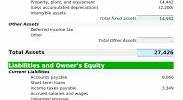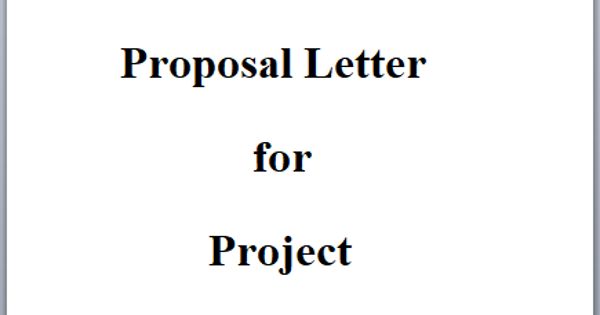Concept of Auditing
Auditing is the process of examining the financial statement and information of the entity. The word ‘Audit’ is derived from the Latin word ‘Audire’ which means ‘to listen’. In the past, the owner used to appoint an auditor when he/she suspects fraud. Auditors used to listen to the explanation given by persons responsible for financial transactions. In this process, we examine that is the company making a profit or not. The primary purpose of the audit is to confirm the authenticity of books of accounts prepared by an accountant. At that time, auditing was conducted only to locate errors and frauds. But, after the development of a double-entry book-keeping system, the duty of an auditor was described at first. After that, the scope of the audit has been increased.
After the industrial revolution, the scope, size, and complexity of business have been increased and the owner and management remain separate. So, nowadays, auditing is the act of checking books of accounts by an independent person for the purpose of proving true and fairness of results of operation presented by income statement and financial position presented by balance sheet detecting and preventing errors and frauds.
“An audit is an examination of accounting records undertaken with a view of establishing whether they correctly and completely reflect the transactions to which they purport to relate.” –Lawrence R. Dickey.
The audit is an intelligent and critical examination of the books of accounts of the business. So, auditing is that act which checks whether all the personal and impersonal ledger balances are shown properly or not, accounting is maintained properly or not, whether the frauds and errors are committed in the books of accounts or not. It is a systematic process in which we analyze the economic condition and actions. An independent person who checks books of account is known as Auditor. Audit planning includes deciding on the overall audit strategy and developing an audit plan. In short, an audit implies an investigation and a report.
Therefore, we can draw the following facts in connection to the audit.
1. Checking of books of accounts and documents of evident on the basis of generally accepted principles and procedures.
2. Checking of works performed by the staff whether they have been performed within the limits of authority or not.
3. Checking the books of accounts whether the results presented by profit and loss account and financial position presented by balance sheet are true and fair or not.
4. Preparation of report based on the fact found during the course of an audit.
Information Source:
















